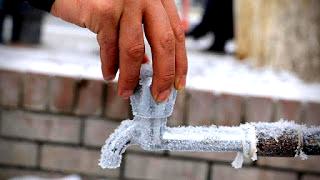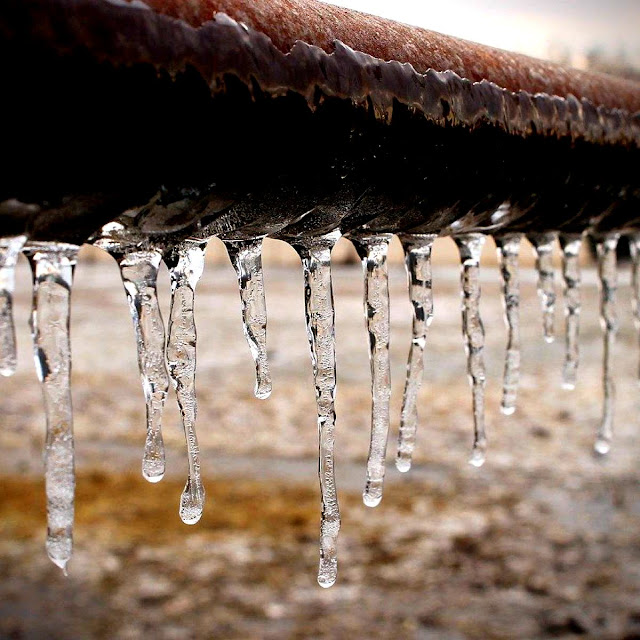Does a Dripping Faucet Really Prevent Pipes From Freezing?
Dripping a single tap is a very simple thing, but it can prevent many complications later on.
How much is a dripping faucet worth? Too much if it's keeping your home's water pipes from bursting in cold weather. The Insurance Information Institute says one of the most common causes of property damage during freezing temperatures is pipe bursts, with homeowners claiming more than $10,000 on average. According to a Philadelphia Insurance Companies report, the cost of water leakage from frozen pipes is even higher for business owners, where claims average around $27,000 but can sometimes reach millions.
But can a dripping faucet really save the day? If true. The dripping faucet should be as far away from the water source as possible so that the water can flow through the entire system. If you're not sure where the incoming water source is, adjusting any faucet to drip will help. A common misconception is that dripping keeps water from freezing as it stays in motion as it passes through the pipes. While this helps, the truth is that in extreme temperatures, water can freeze even as it flows. The main reason a dripping faucet helps prevent pipes from bursting is because the constant dripping relieves pressure that builds up in the pipes between the ice clog and the faucet and helps prevent the pipes from bursting when they begin to thaw.
Pipe joints are particularly vulnerable, but water that expands as it freezes can strain metal or plastic pipes at nearly any point. Pipes are damaged during freezing, but do not cause damage until thawed. The combined pressure of the expanding and shrinking ice blockage and the increased water pressure behind it can cause pipes to leak or burst. For this reason, if a pipe is completely frozen, you will always want to leave a faucet on, even if there is not enough water flow for it to drip. When the ice melts, the water has to go somewhere to relieve the pent-up pressure.
When a cold snap is around or below 20 degrees Fahrenheit (-6 degrees Celsius), it's time to let at least one faucet drip. Pay close attention to water pipes in attics, garages, basements, or crawl spaces, as temperatures in these unheated interior spaces often mimic outdoor temperatures. Likewise, you'll want to keep an eye on the pipes running along the exterior walls and make sure they have additional insulation. If a kitchen or bathroom has a faucet in a lower cabinet, open the cabinet doors to allow the house's warmer air to reach the pipes. This is especially important if sinks are located along an exterior wall.
It's a good idea to know where the main shutoff valve is in your home in case a pipe bursts or leaks. Usually this main shutoff valve is located where the main water line enters the house; however, it can be found near the outdoor water meter. If you know how to quickly shut off this water source, you can turn a major flood into a small hassle and save you money in the process.
Now if you're escaping the cold during this Interesting
Winter, don't forget to turn off the water mains before you set off.
Do frozen pipes always burst?
Pipes do not burst automatically after freezing. The process is common during the winter, but pipes burst when there is real damage to them or when the water thaws after it has solidified for a longer period of time.
Do dripping faucets help untangle pipes?
Leaving a dripping faucet on is apparently supposed to keep pipes from freezing, but water can freeze on the go, especially if it's slow moving.
Does insurance cover bursting frozen pipes?
Most insurance companies will not pay for the repair of burst pipes. However, they usually pay for any water damage caused by this. Check with your provider if you have concerns about this.
At what temperature do pipes freeze?
Pipes in a plumbing system begin to freeze when the temperature outside the home drops below 20 degrees Fahrenheit. Anything colder than this can even cause the flowing water to freeze.
How to find a frozen water pipe?
You can find the primary culprit or the primary frozen pipe by using the location of non-working faucets. If all taps are not working, the frozen pipe is probably around the main line.

